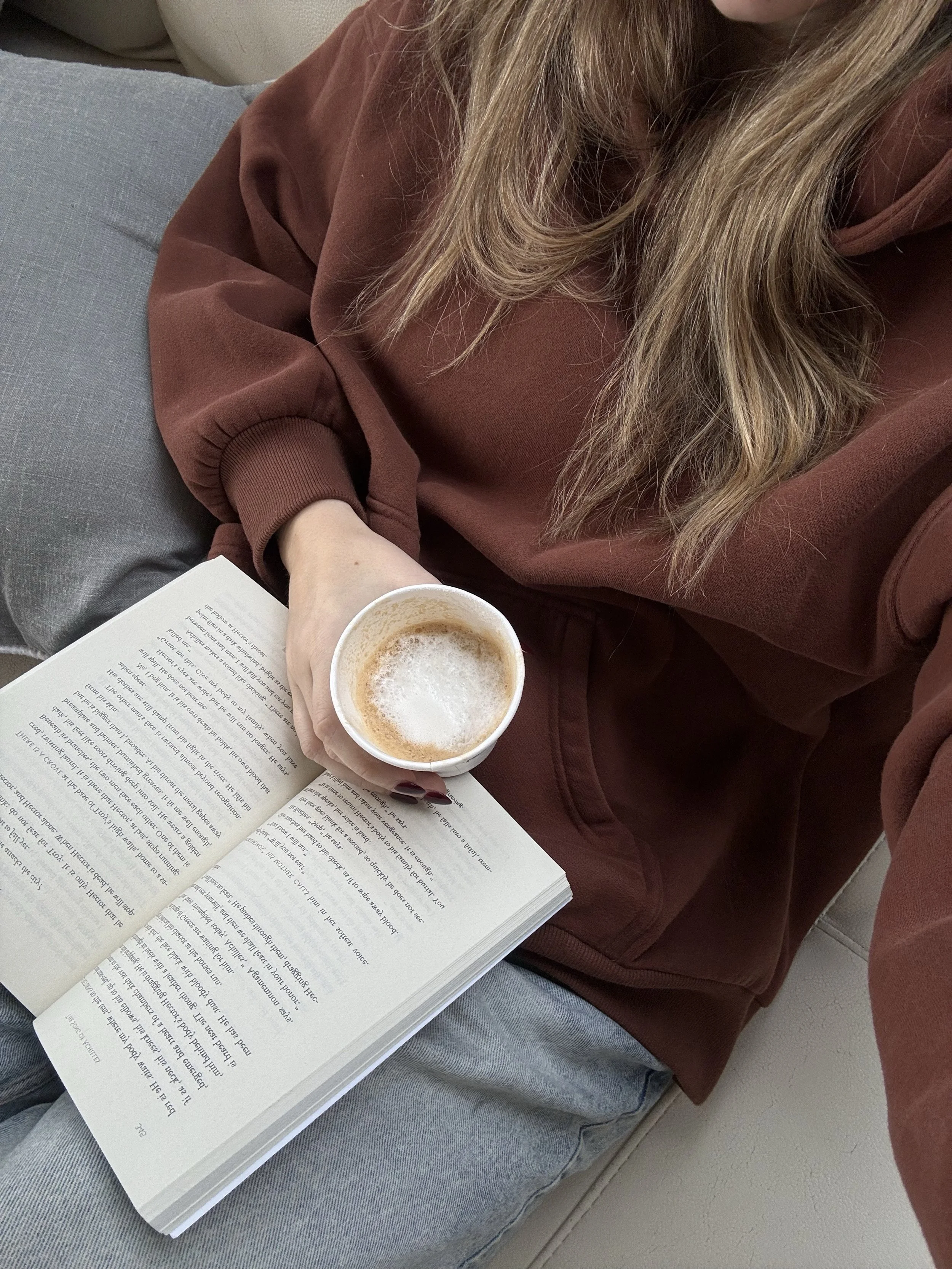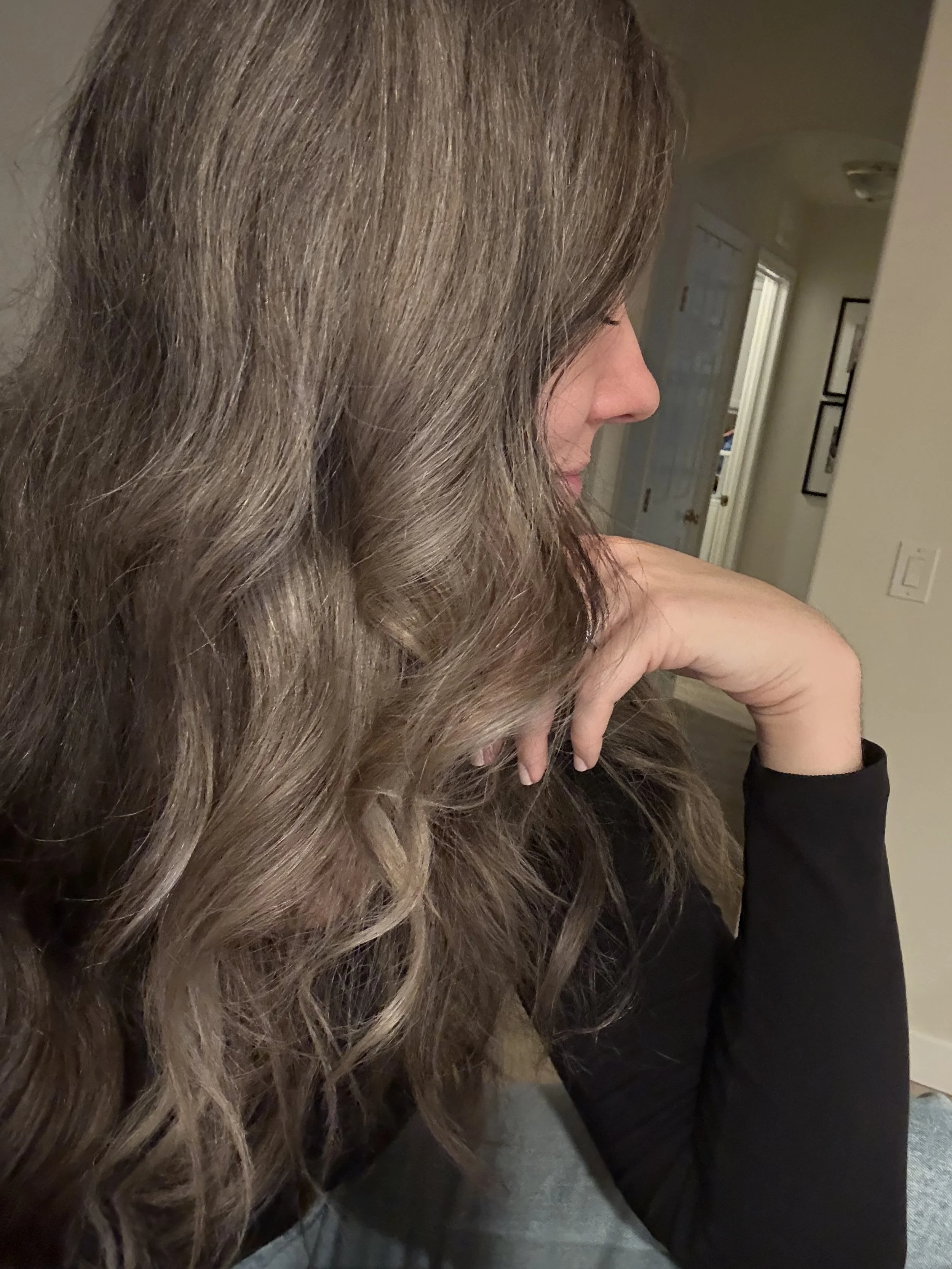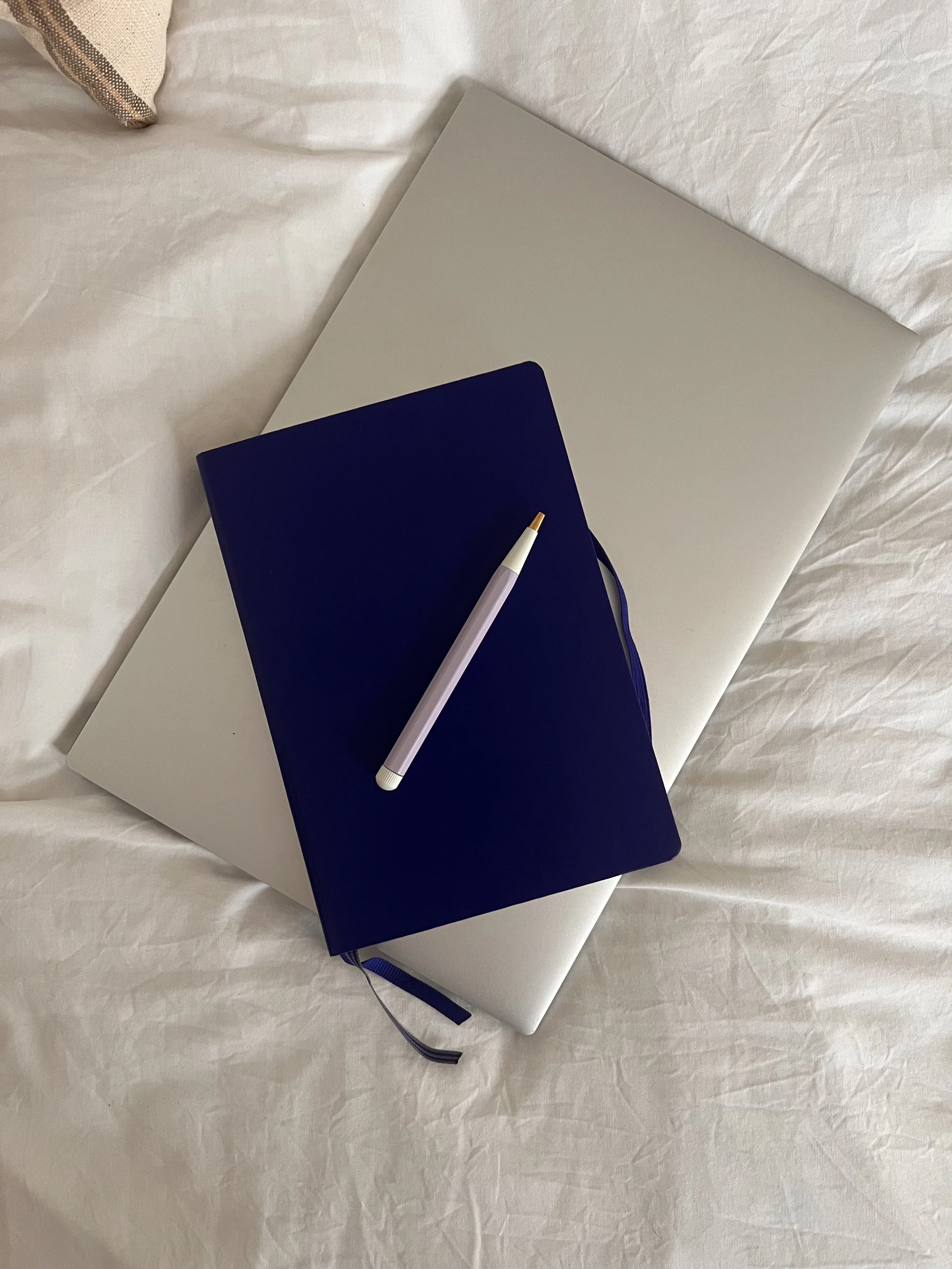6 Strategies to Balance Your Blood Sugar Naturally
Blood sugar imbalances are an increasingly common problem in our society.
Here are six natural and effective ways to help balance your blood sugar!
I used to think that you only had to worry about blood sugar if you had diabetes, when in actuality that is entirely too late! Being able to balance your blood sugar not only helps you prevent diabetes and pre-diabetes, but it will help to provide stable energy throughout the day and reduce the physiologic stress on your body of high or low blood sugar levels.
How Common Are Blood Sugar Problems?
According to the CDC, 13% of adults have diabetes and an additional 34.5% are considered pre-diabetic. Another study by the University of Alabama showed that 40% of young adults are insulin-resistant. This means that their bodies do not respond to insulin effectively, making their bodies release more and more until they get the desired effect, or a lowered blood sugar. Chronic blood sugar instability and insulin-resistance is a recipe for an eventual diagnosis of diabetes.
What can you do?
Sometimes it seems like chronic health conditions are just inevitable struggles that we will face as we age. But thankfully, that does not have to be the case! There are multiple natural strategies that you can use to help balance your blood sugar and prevent chronic issues.
Eat a protein-rich breakfast
In a 2015 study, they compared patients eating a breakfast made of 35% protein, versus only 15% protein. In the group consuming greater amounts of protein, they saw a lower glucose spike after the meal, and better glucose control throughout the day.
Some of my favorite high-protein breakfast options include:
eggs (hard-boiled, scrambled, over-easy, omelettes… there are truly so many different varieties that are quick and easy to make in the mornings)
cottage cheese (good culture is my favorite brand to purchase because it has whole ingredients, without any weird preservatives or added ingredients)
protein shake (yogurt, fruit, and protein powder are a great base recipe for 1000s of different smoothie varieties. I love blending one up if I am on my way out of the house and need something portable but still nourishing for breakfast!)
greek yogurt bowl
Stay active
Remember when I mentioned the term insulin-resistance? Well, exercise helps your body to become more sensitive to insulin!
One study showed that exercising for 30 minutes per day lowered your risk of acquiring diabetes by 25%!
And this does not mean you need to participate in high-intensity workouts. Even a 10 minute walk after eating was shown to reduce blood sugar spikes by 22%.
Eat well-balanced meals
One of the most effective things you can do to balance your blood sugar is to eat well-balanced meals. This means that you have all macronutrients accounted for when you eat- carbs, fats, and proteins. When you only eat carbohydrates, it creates a rapid spike in your blood sugar. Fats and proteins help slow that raise, and lower how high the spike goes.
Some examples of balanced meals are:
instead of eating pancakes and syrup for breakfast, add some eggs and chicken sausage.
rather than having an apple for a snack, pair it with some peanut butter, lunch meat, cottage cheese, or a cup of bone broth
if you know you are going to be having dessert after dinner, try and prioritize protein over carbohydrates during your meal
I also have this blog post with 30+ balanced snack ideas to keep your blood sugar stable throughout the day!
Get a full nights rest
Poor sleep has been shown to increase your appetite and put you at risk for poor weight control. It is also known that when you do not get adequate amounts of quality sleep, your cortisol levels rise. Cortisol is known as one of your stress hormones and raises blood sugar levels by releasing stored glucose in the body.
Some effective ways to get a full night’s rest include:
creating a bed time routine to prepare your mind and body for sleep
have a set bedtime and limit bright light exposure in the few hours leading up to it ( i love these red light nightlights, especially for my daughter who doesn’t like falling asleep in the complete dark)
Include apple cider vinegar in your diet
Multiple small studies have shown a lower average blood sugar after eating when apple cider vinegar was consumed before a meal. In one study, people with diabetes consumed vinegar before they consumed 50 grams of white bread. Those that consumed the apple cider vinegar had blood sugars 31.4% lower than those who did not have the vinegar!
When shopping for ACV, try to find an organic option that includes the “mother”- that’s the cloudy stuff on the bottom that is rich in probiotics from the fermentation process. I love this one!
Top it off with cinnamon!
There have been many studies that show effectiveness in cinnamon helping to lower blood sugar. Not only that but one study showed that after 40 days of consuming cinnamon, not only did blood sugar lower but so did triglyceride levels, LDL cholesterol, and total cholesterol levels. This is significant because these health markers are associated with diabetes and cardiovascular disease.
Some easy ways to include cinnamon:
sprinkling it into your coffee in the morning
adding it to oatmeal or yogurt
drinking as a tea (i love the Organic Stress Ease Cinnamon Tea by Traditional Medicinals!)
As you can see, there are many different natural ways to help support your body in maintaining healthy blood sugar levels! Not only are these recommendations great for preventing chronic blood sugar instability, but they are great options to implement when you are working on healing your blood sugar imbalances.
If you are looking to learn more about blood sugar regulation, I loved the book Glucose Revolution. It is science- backed and offers some simple ways you can help prevent crazy blood sugar swings!













Looking for non-toxic dinnerware for your kids? Recently we had the option to try Recette and im dishing out (😜) the full review!